
There are so many types of hats that there’s one for every occasion: a sunny day at the beach, a winter stroll, or even a bad hair day. That’s why even though fashion trends come and go, hats remain a staple in most people’s closets. Hats are versatile fashion accessories that any person, regardless of gender or age, can wear. It all depends on what your own personal style is!
Historically, hats have carried great significance in various cultures. They signified a person’s class status, profession, and personality. While traditional hats have developed into the modern counterparts we know of today, their basic parts mostly stayed the same.
Here’s a brief 101 on hat anatomy
The basic parts of a hat include the crown, band, brim, sweatband, and liner.
The crown is the top of the hat that covers your head. The band is a decorative strip that encircles the crown. The brim or bill is the “hat’s ledge” that extends from the crown for coverage. The sweatband or inner band lines the interior of the hat to maintain its shape and absorb sweat. The liner is the interior lining of the hat, which is common for winter hats as they provide an extra layer against the cold.
Some hat types can have more or fewer parts. It all depends on the design and function of the hat. It can get a little confusing even for the most fashion-savvy, but this list is here to make things easier. Read on to learn more about the different types of hats.
Asian Conical Hat
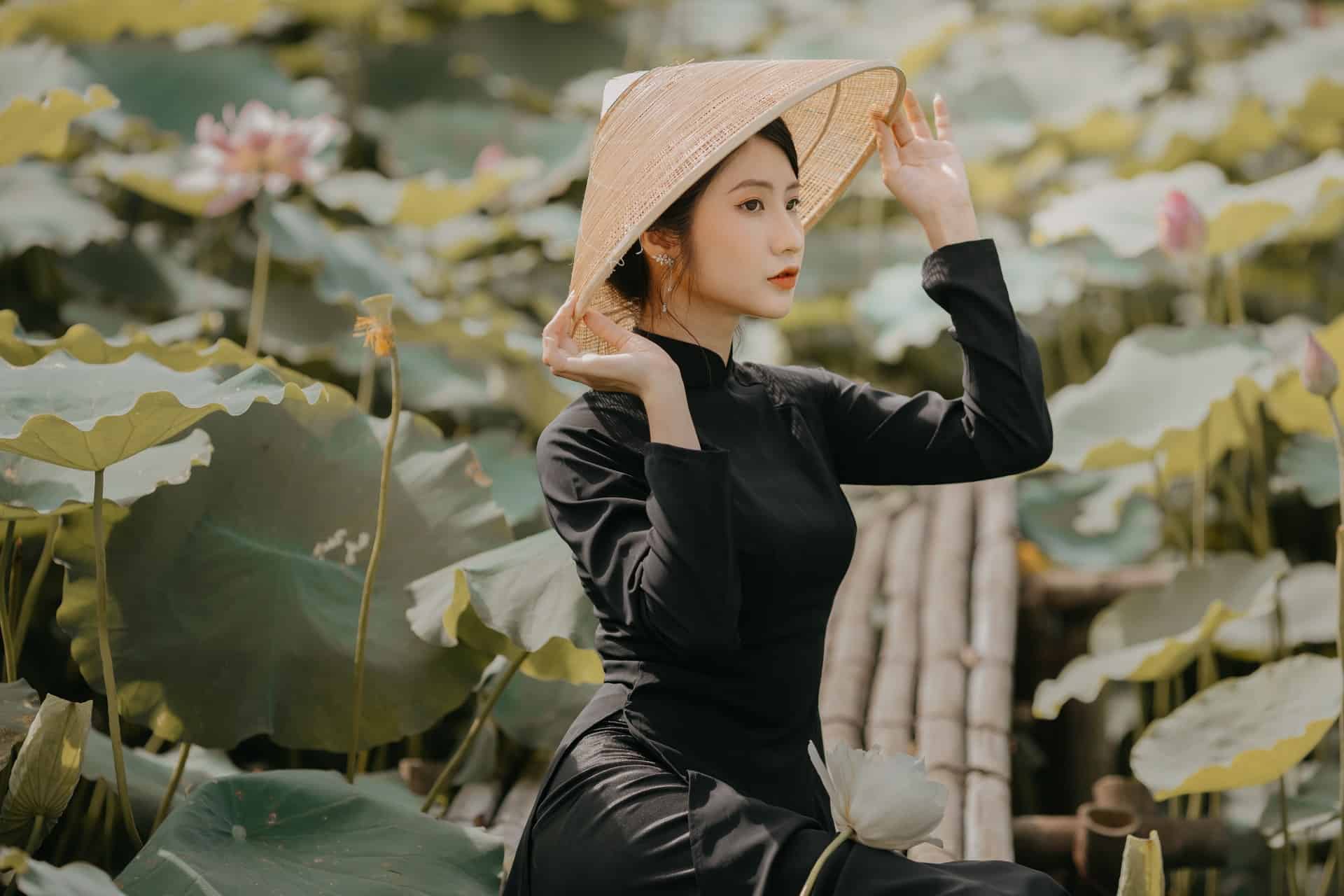
The Asian conical hat or Asian rice hat is a traditional hat originating from East, South, and Southeast Asia. Its design and materials differ for each country, but all Asian rice hats are large and conical. In East Asia countries like Japan, wearers of the conical hats are usually Buddhist monks and, in the past, samurais. In the Philippines, the traditional conical hat is called “salakot,” which native soldiers from the Spanish army wore. It is dome-shaped with a pointy spike or knob at the center.
Today, farmers from countries like Bangladesh, China, Cambodia, India, Japan, Korea, and the Philippines continue to wear them as protection from the harsh sun or chilly rain.
Ayam
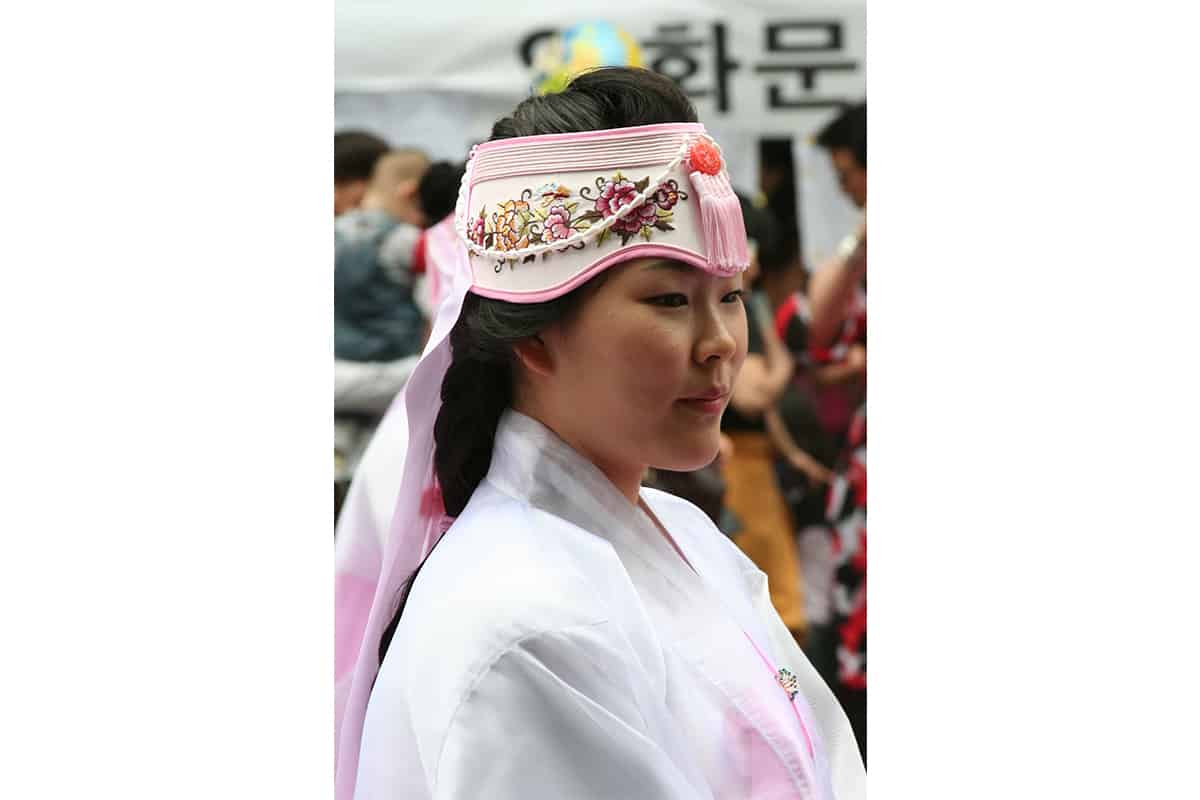
The ayam is a traditional winter cap from Korea. During the Joseon period, female commoners wore the ayam for protection against the cold and as a formal headgear. A big ribbon called deurim is attached to the back of the ayam’s mobu or crown. While most ayam are simple in design, the kisaeng, or a female entertainer, often wore bejeweled ayam.
Balaclava

Most people will call this type of hat a “ski mask.” The balaclava covers the entire head, including the ears, with an opening for the eyes and sometimes the mouth. Usually made from cotton and polyester, the balaclava is great for protection against the cold.
Baseball Cap
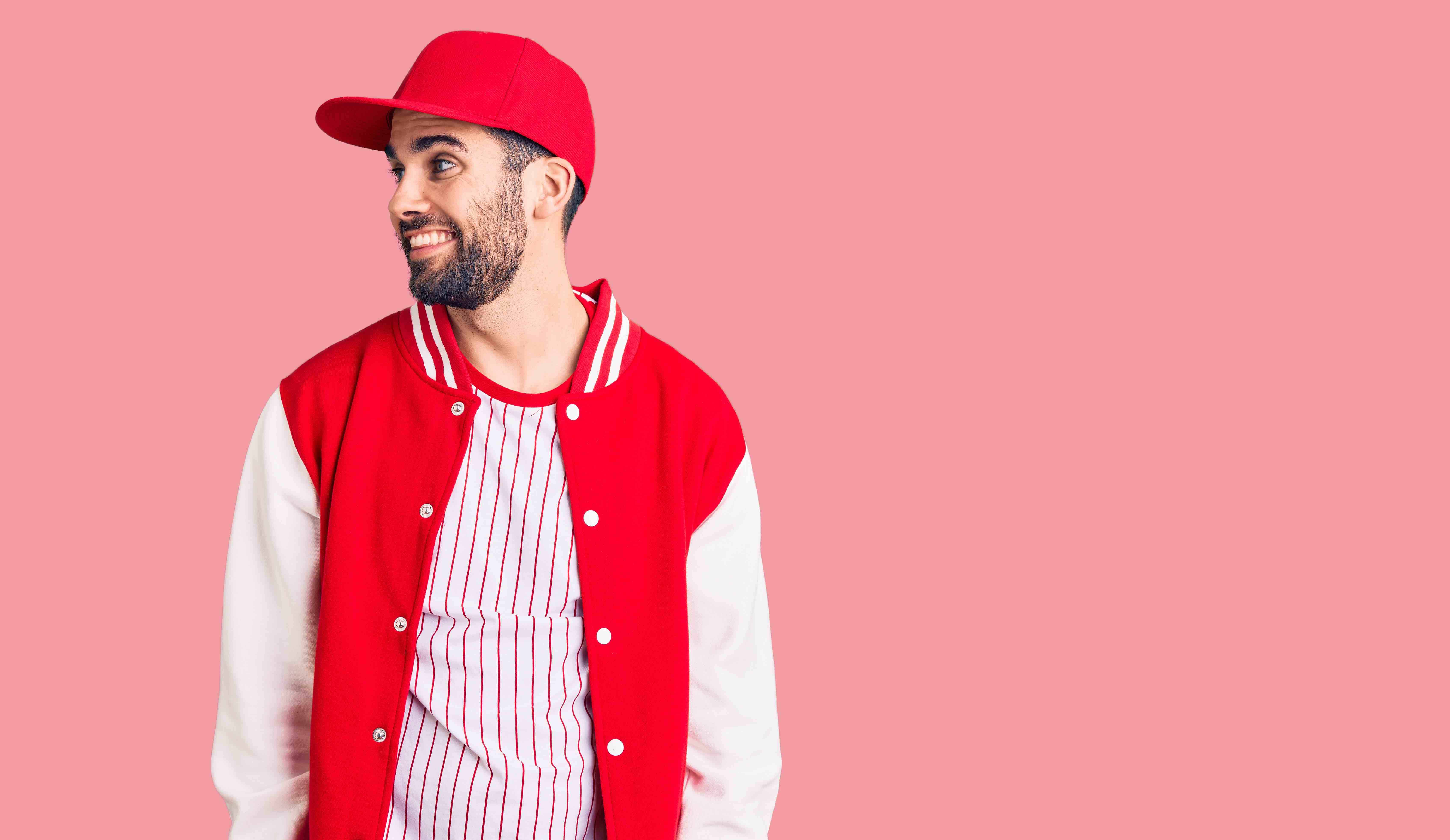
There are many types of hats that never seem to go out of fashion, and the baseball cap is a good example of one. This light cotton cap has a rounded crown and a visor for its brim. Baseball players wear this during their games hence the name. Wearers can adjust the crown to fit their head using the Velcro or plastic prong-in-a-hole attached to the back.
Beanie
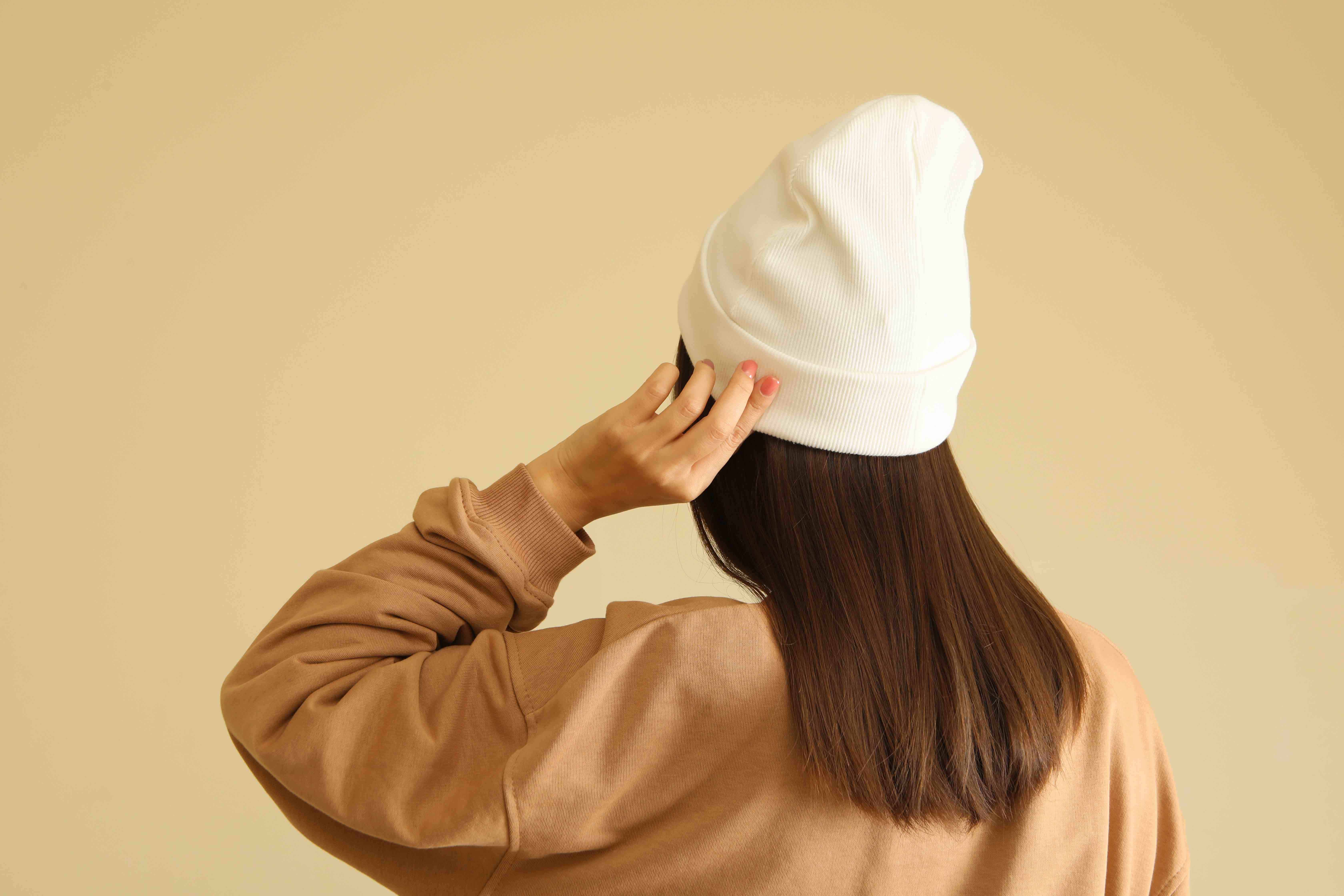
The beanie is a knitted, round cap that fits the head well. This is a popular choice for winter hats for men but is also a staple in women’s closets. The beanie hat is versatile and great for the cold weather. These days, people also wear the beanie even when it isn’t cold as it’s also a great fashion statement.
Beret

Similar to the beanie, the beret is one of the best hats for the winter. The beret is brimless with a soft, round crown that is flat on top. It is usually made from wool, but its material can vary as some also use leather for semi-formal or formal styles. Many people call the beret a military hat because the military and police of different countries have this in their standard uniforms.
Boater
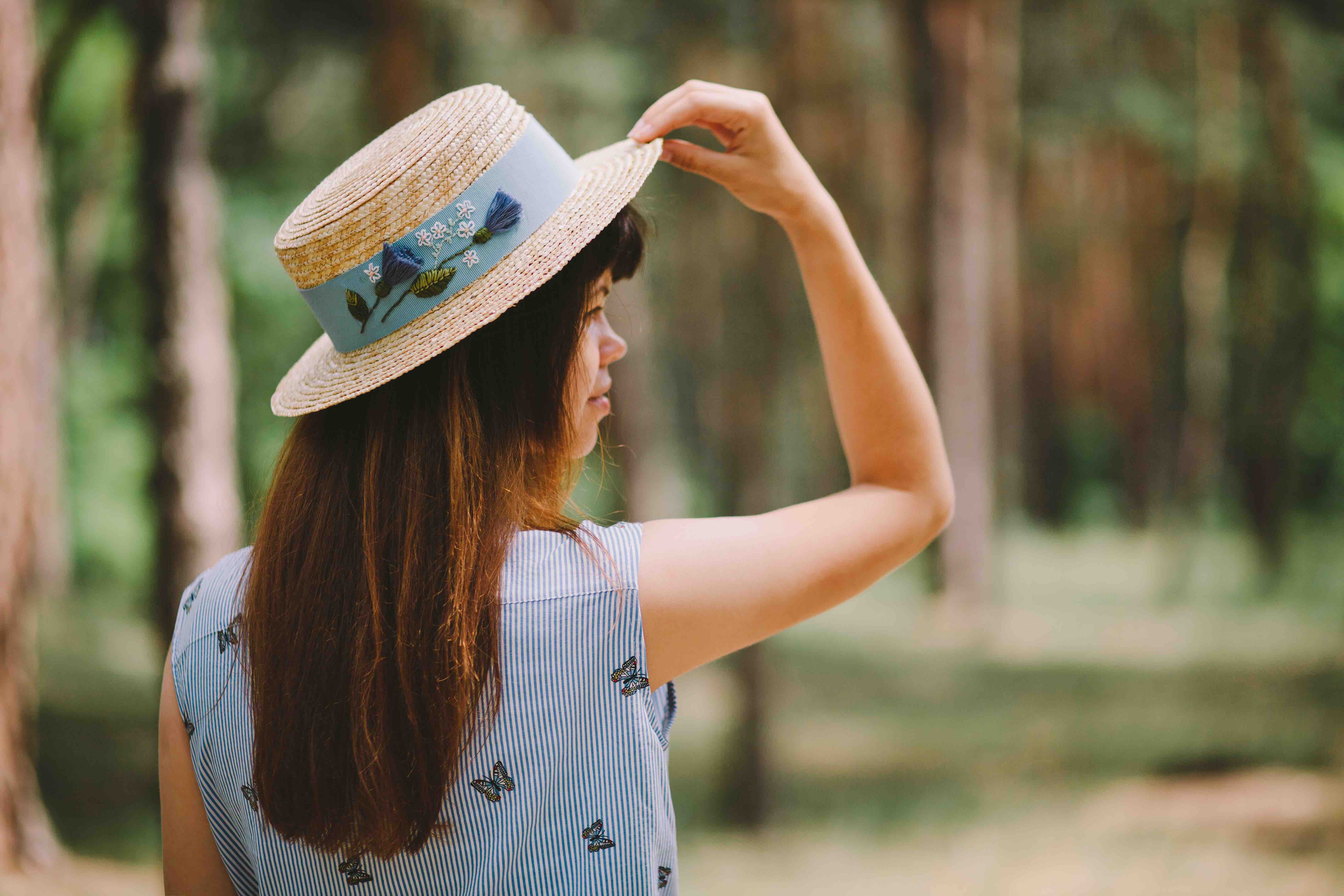
Boaters are flat-brim hats with a flat-topped crown. The boater is a popular summer dress hat for both men and women because of its wide brim and fashionable yet distinct ribbon around the crown.
Boudoir Cap

Most types of hats for women are multifunctional, and the boudoir cap is no exception. In the 1900s, women paired boudoir caps with nightgowns or lingerie. It was a stylish and easy way to hide their undressed hair, especially when Zeppelin raids often caused Londoners to evacuate houses in the middle of the night.
Bowler Hat
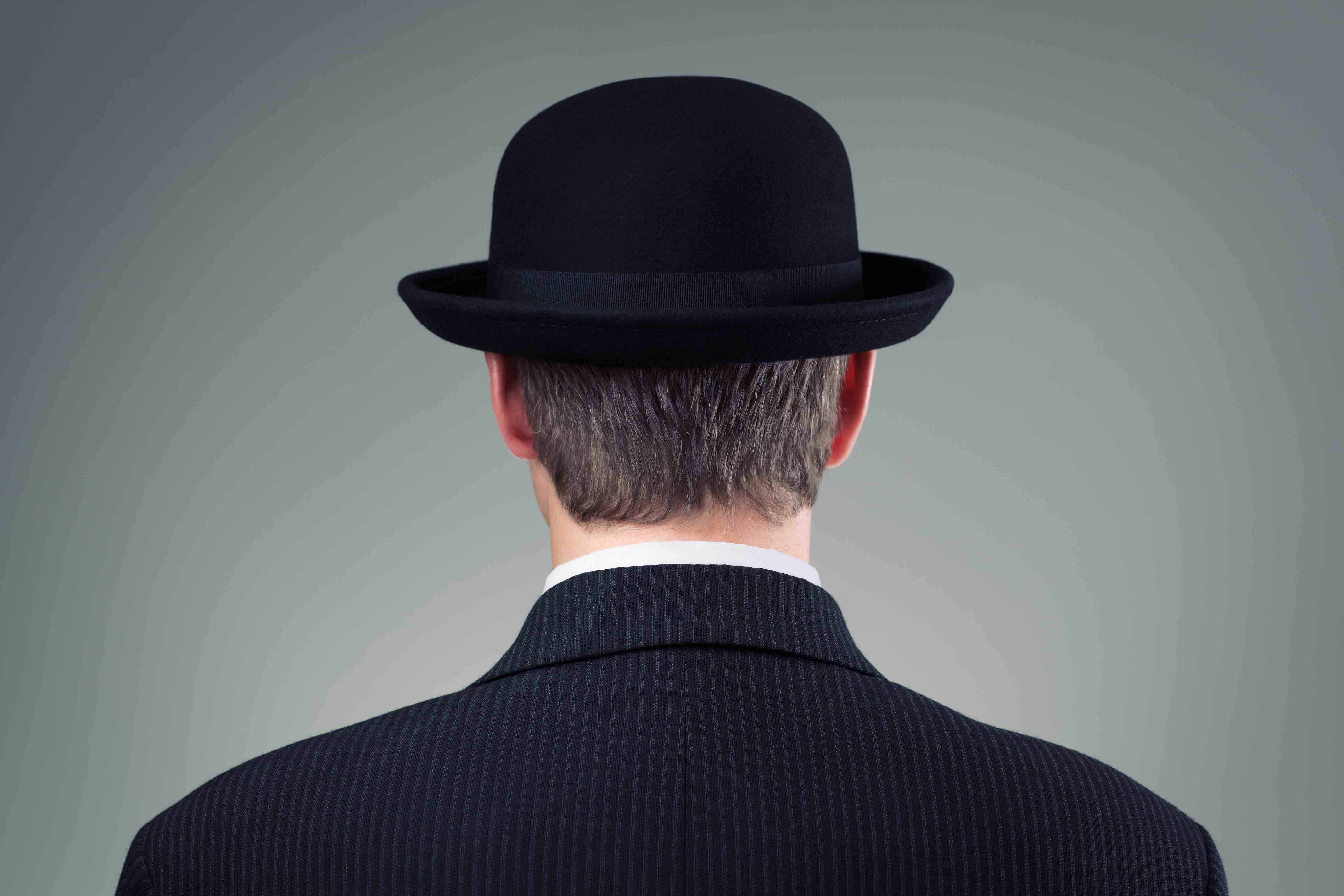
The Americans call this type of hat the “derby” while the Spanish call this the “bombin.” However, it is more commonly known as the bowler hat. Working-class men favored hat styles such as this, but the bowler hat also rose in popularity among the upper classes in the United Kingdom after the 19th century.
The bowler hat is quite durable, with a hard felt, rounded crown perfect for semi-formal and informal occasions.
Bucket Hat
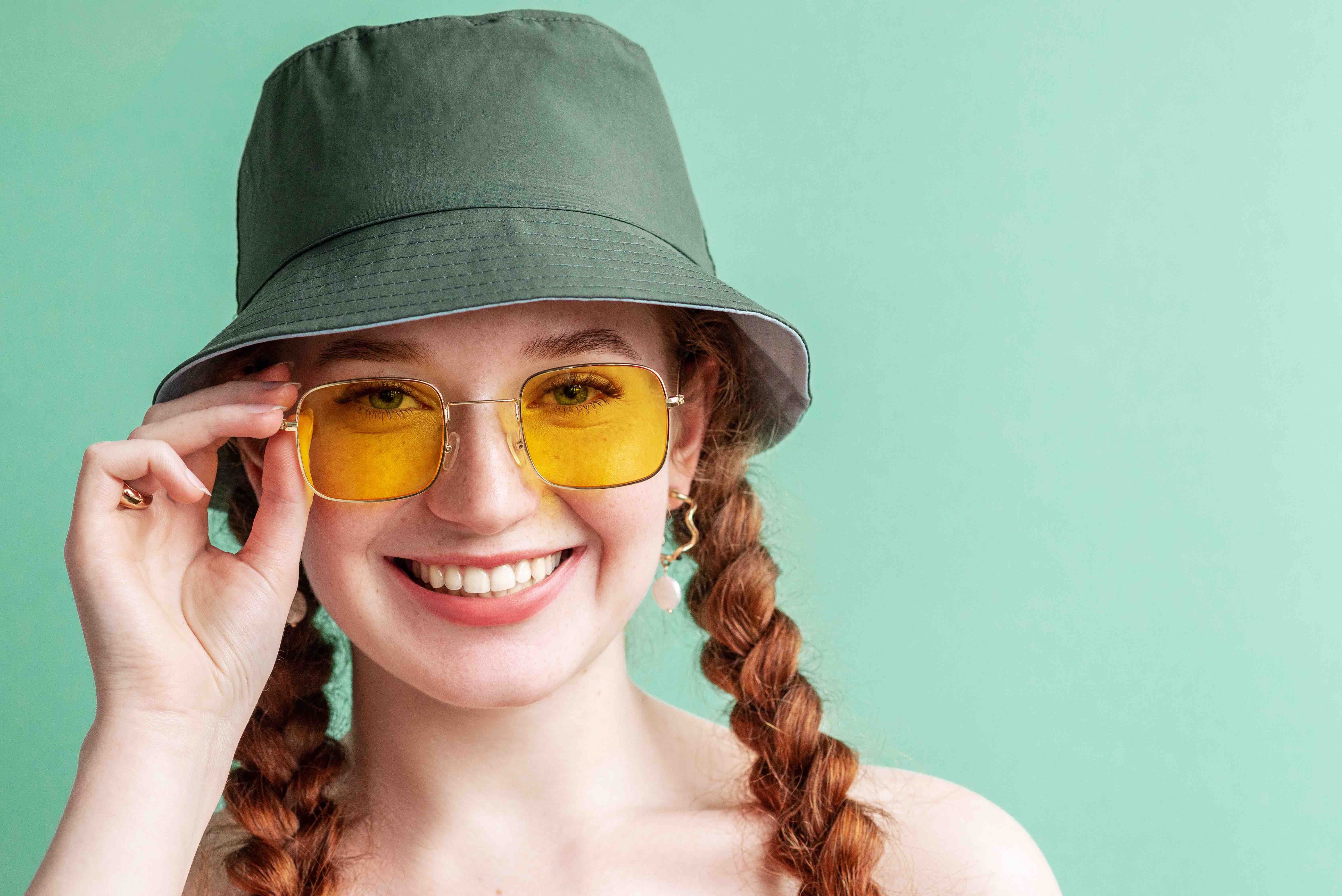
Some might call this type of hat the “hipster hat” because of its popularity among the youth and as a staple in street fashion. The bucket hat is a soft wide brim hat that is often made from cotton, denim, or canvas. Its brim slopes downward, offering a lot of protection against the sun.
Other names for the bucket hat are “fisherman’s hat” and “session hat.”
Cartwheel Hat
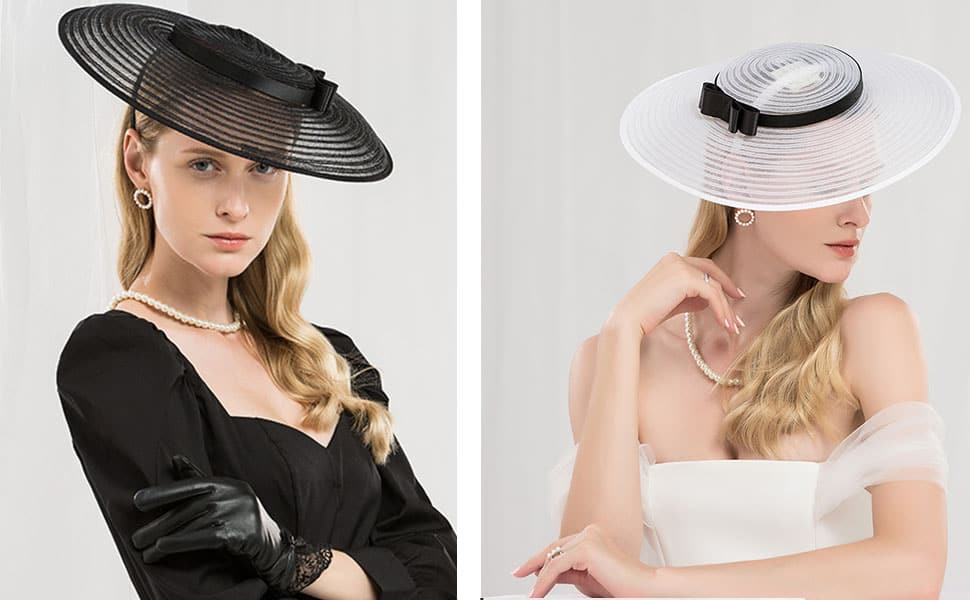
In the 1900s, the cartwheel hat was a popular choice among the ladies. With a wide brim shaped like a saucer, the cartwheel is sure to capture the attention of everyone in a room. Another distinct feature of this hat is that women wear it at an angle, tilted to the side, in order to show off the curve of the brim.
Chengziguan

This type of hat is an example of a guanmao or Chinese men’s traditional hats. The Chengziguan is a headgear made from horsehair. Historians believe that Cheng Hao, a Chinese Song Dynasty philosopher, often donned this headgear alongside his brother, Cheng Yi. This led to its name, Chengziguan, which literally translates to “the hat of the Cheng.”
Chullo
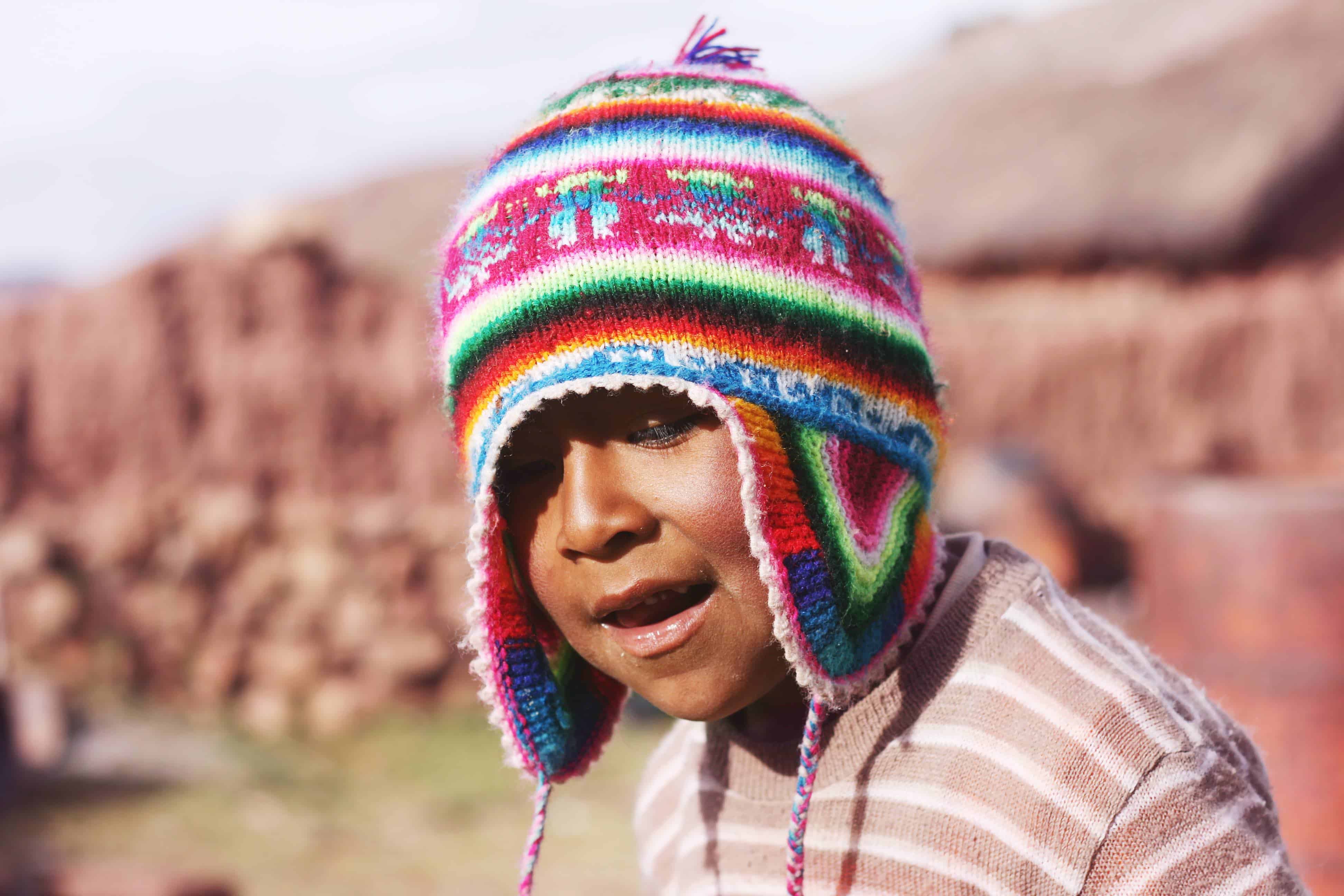
Some hat styles have ear-flaps to serve as extra protection for the wearer’s ears. This is the case for the chullo, a hat knitted using vicuna, alpaca, llama, or sheep’s wool. The chullo’s ear-flaps usually have strings attached to them so that the wearer can tie them underneath the chin.
Cloche Hat
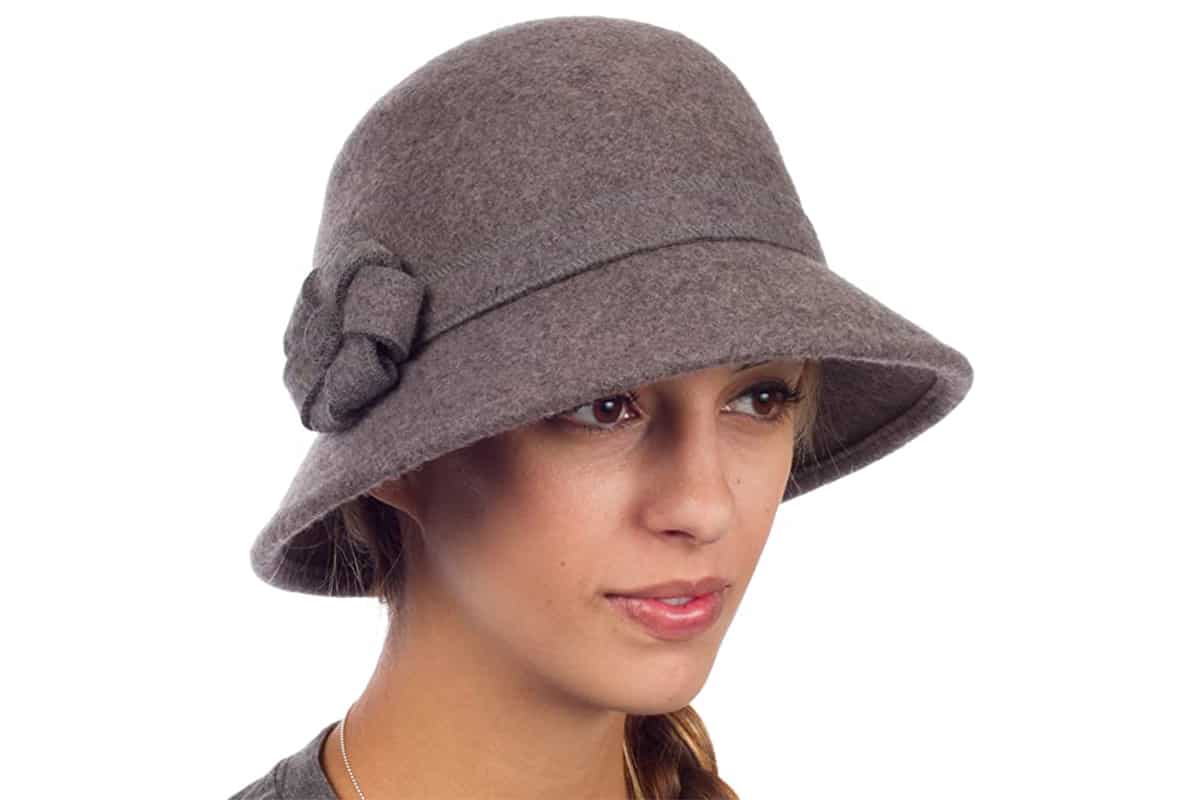
The Roaring Twenties was a period of great artistic and cultural development. This stylish era gave birth to one of the most popular types of hats for women: the cloche hat. “Cloche” is French for “bell,” which is the shape of this hat’s crown. Made from felt, the cloche hat fits tightly on the wearer’s head. Women wore cloche hats low on the forehead, drawing attention to their eyes.
Cowboy Hat
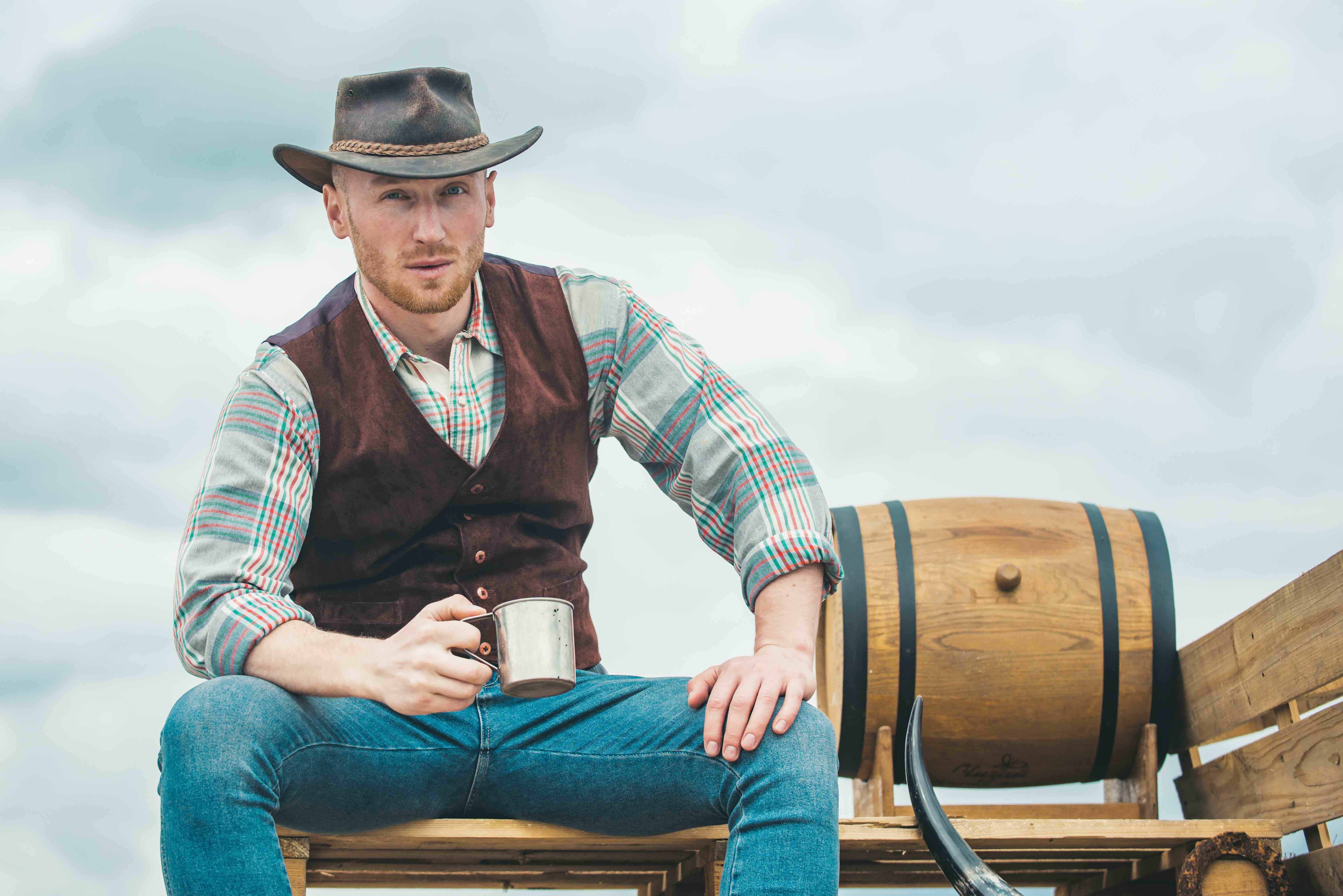
Throughout the years, the cowboy hat’s quintessential design remained the same: a wide-rolled brim with a high crown creased at the center. In the 19th century, cowboys or cattle herders wore straw or felt cowboy hats to protect themselves from the sun.
There are different types of cowboy hats based on the material used, but the straw cowboy hat remains the most popular.
Deerstalker
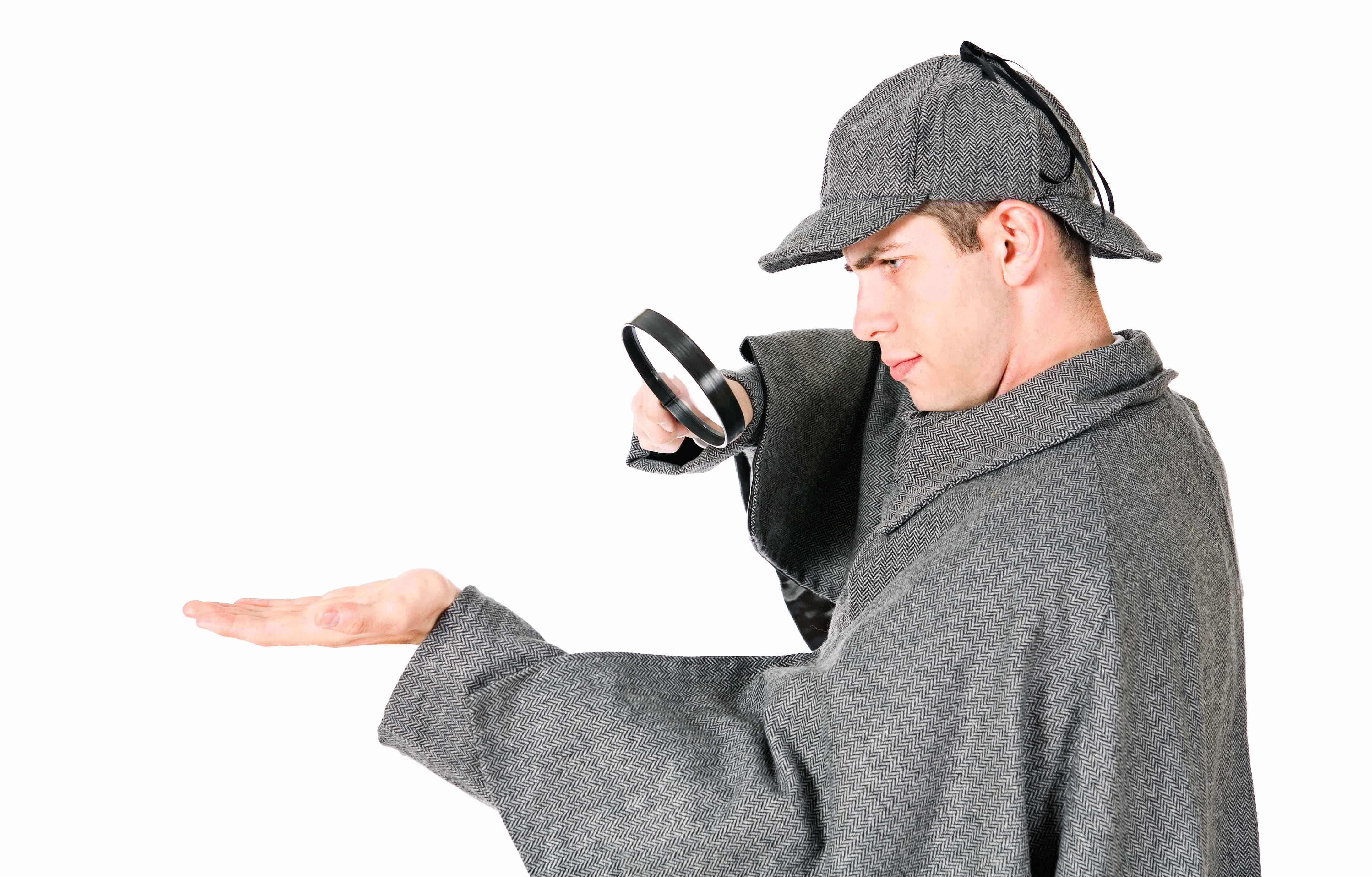
There are plenty of cool hats out there, but none is as iconic in literature as the deerstalker. If you’re a fan of detective fiction, then you’ll be familiar with this type of hat because of its association with the fictional sleuth, Sherlock Holmes. However, its origins could be traced back to deer hunters who often wore this hat.
The deerstalker comprises six triangular panels that are sewn together to form the crown. It has two brims attached to the front and back of the hat and matching ear flaps on either side of the crown.
Fedora Hat
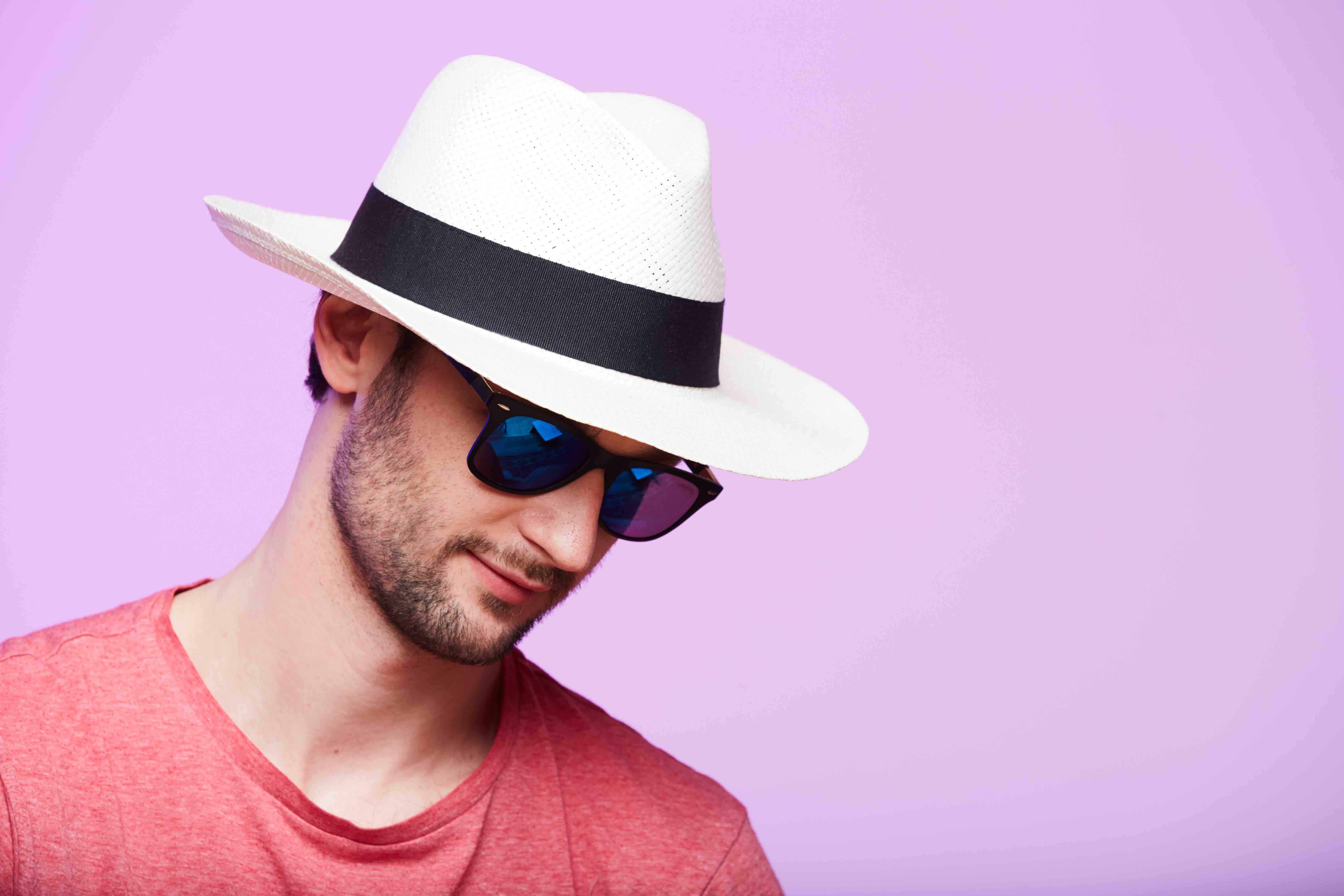
Another popular choice for men’s dress hats is the fedora hat. Many celebrities and iconic characters favor the fedora hat, including Indiana Jones, Doctor Who’s the Fourth Doctor, and a Nightmare on Elm Street’s Freddy Krueger. The fedora is also a staple in classic films like Casablanca.
Made from felt, the fedora is soft with a medium brim and a stylish ribbon as its band. Its distinct characteristic lies in the crown, which is creased lengthwise.
Fez

The Fez hat is short, cylindrical, and brimless with a tassel attached to the top. While the fez is usually red and made from felt, modern designers have stylized the fez in different ways. In the 17th century, Ottoman soldiers wore the fez as a part of their uniforms.
Flat Cap

In the past, chimney sweepers often wore flat caps. Today, flat caps have won the favor of all kinds of people, notably golf players. This type of hat has a flat top that slopes into a small bill in front.
Gat

Similar to the Chengziguan, the gat is a Korean traditional hat worn by men during the Joseon dynasty. The gat is a wide brim hat with a tall, cylindrical crown. Made from horsehair, the gat is black and semi-transparent. Other colors of the gat exist, each with its own meaning.
In the 19th century, only noblemen could wear the gat, which was a symbol of their social status. They paired this with the hanbok, which refers to Korean traditional clothing. Later on, military officers also incorporated the gat, which was red, into their uniforms, and national funerals also called for some goers to wear white gats.
Gatsby
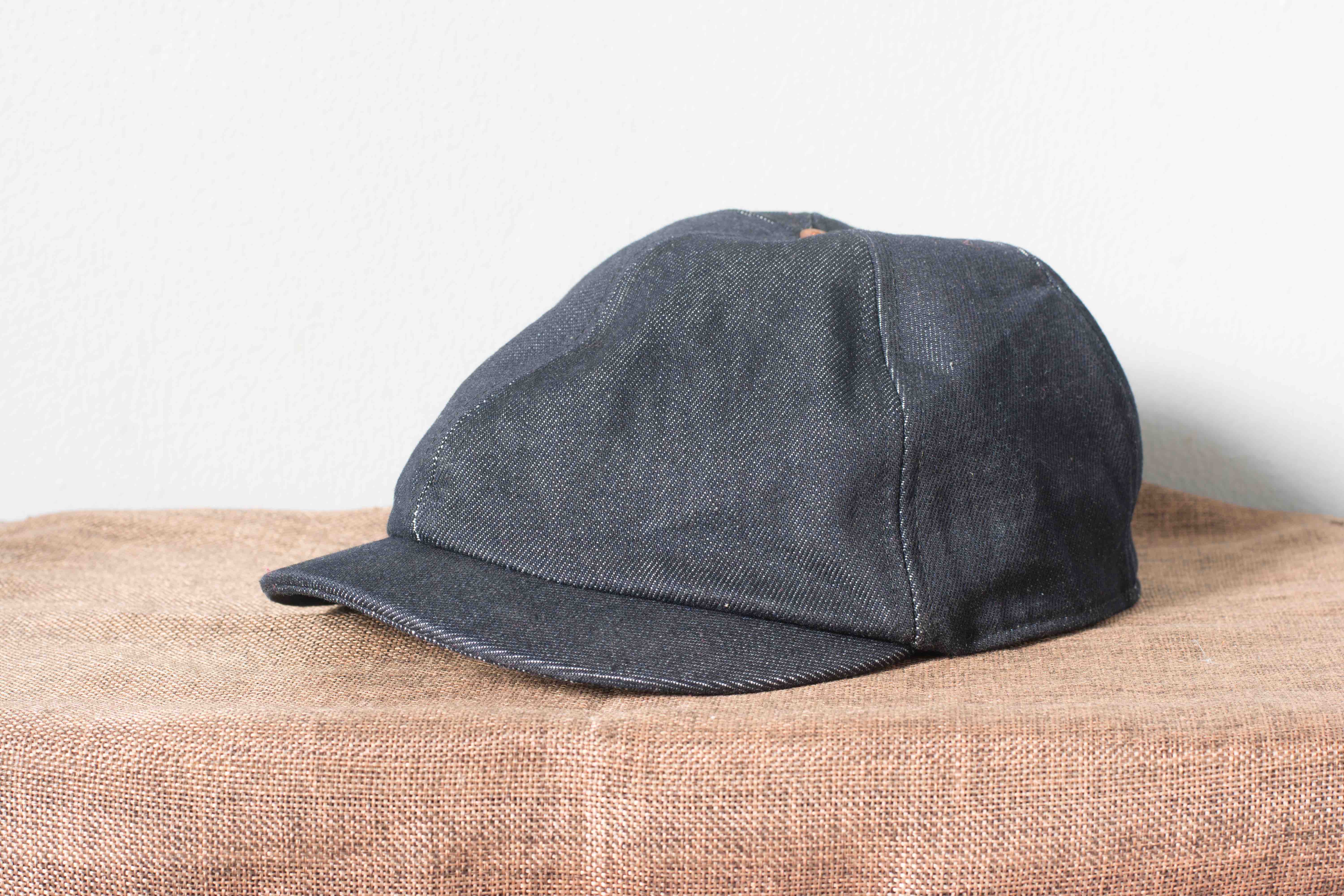
You might know this hat by its other names, like the newsboy cap, newsie cap, or baker boy hat. The Gatsby rose in popularity during the 19th century. Similar to the flat cap, the brim or visor in front is stiff, but the crown is rounder and fuller with a button on top.
The newsboy cap remains a popular fixture in hat catalogs. Designers have modernized its design by using different materials such as leather, denim, and wool to suit the wearer’s tastes.
Half Hat
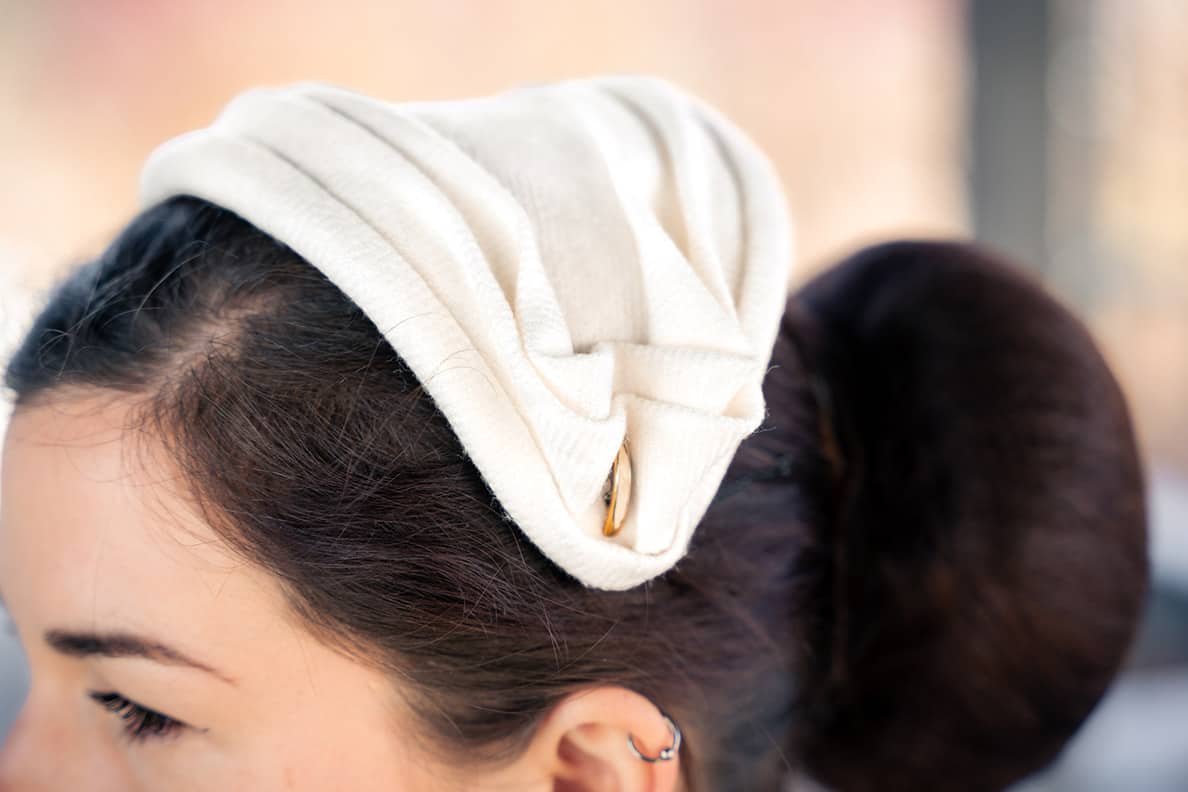
The half hat was a popular hat style for women in the 1950s. As the name suggests, this hat only covers half of the head with a close-fitting design that frames the head. While it is form-fitting like the cloche, the half hat differs as it leaves the wearer’s forehead and ears exposed.
Hard Hat

This type of hat puts function above fashion. The hard hat is a rounded helmet meant to protect construction workers or other industrial employees. The standard hard hat is made from high-density polyethylene or HDPE, which is strong enough to protect them from falling debris.
Hennin

The hennin is a type of hat with a conical shape. European noblewomen and ladies wore this hat in the late Middle Ages. That is probably why you’ll most likely associate this headdress with princesses as they often wear hennins in drawings of folktales.
Mortarboard

The mortarboard has its fair share of names: the square academic cap, graduate cap, and corner cap. This type of hat is flat and square, with a tassel buttoned to the center of the top. You’ll likely have seen it in graduation ceremonies coupled with academic gowns.
As part of the ceremony, the new graduates switch their tassels from one side to the other, then toss them in the air. This is a sign of celebration of their academic success and anticipation of their hopeful future.
Mushroom Hat
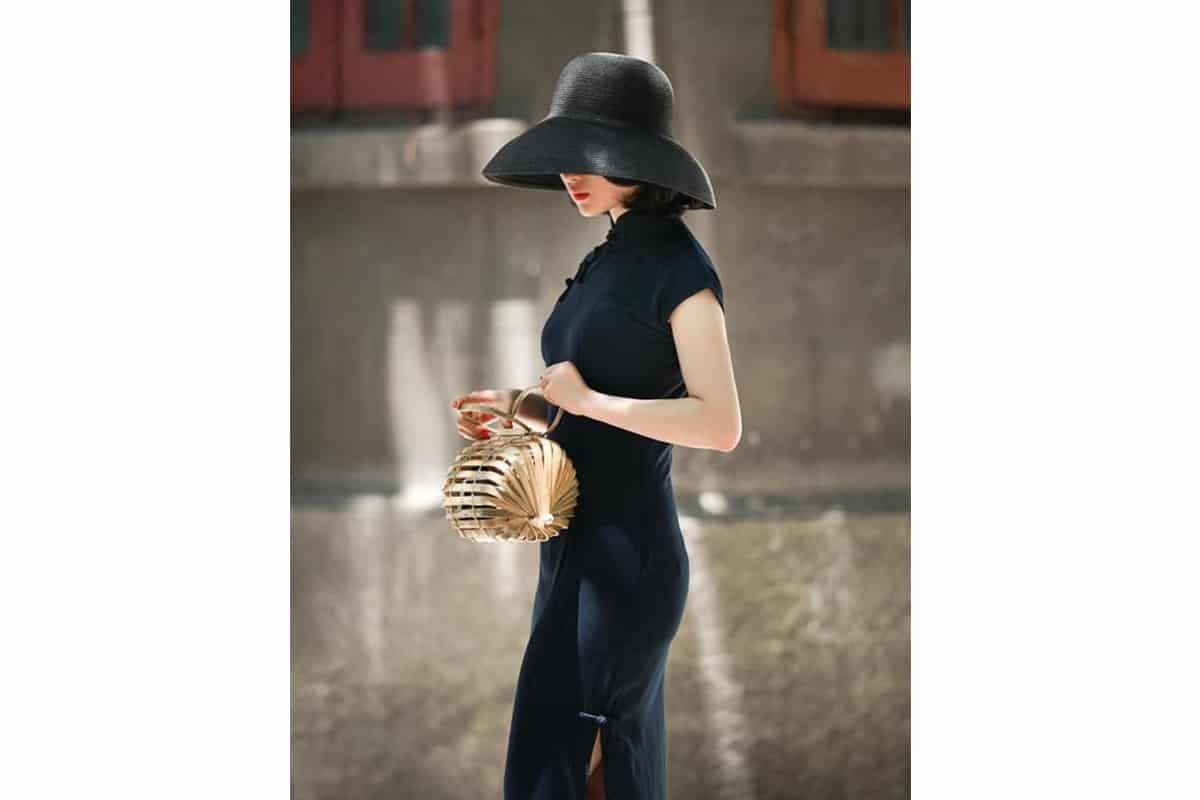
The mushroom hat, or mushroom brim hat or dish hat, was designed for women in the 19th century. This hat looks like a mushroom with a downward-facing brim. Women often wore mushroom hats adorned with ribbons and flowers.
Peach Basket Hat
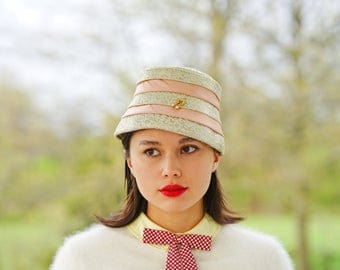
The peach basket hat or fruit basket hat looks exactly what its name suggests: an upturned fruit basket. Hatmakers often garnish this hat with flowers and ribbons. Sometimes, the peach basket hat also had a veil or a thin fabric draped around the hat to cover the wearer’s face.
Peaked Cap
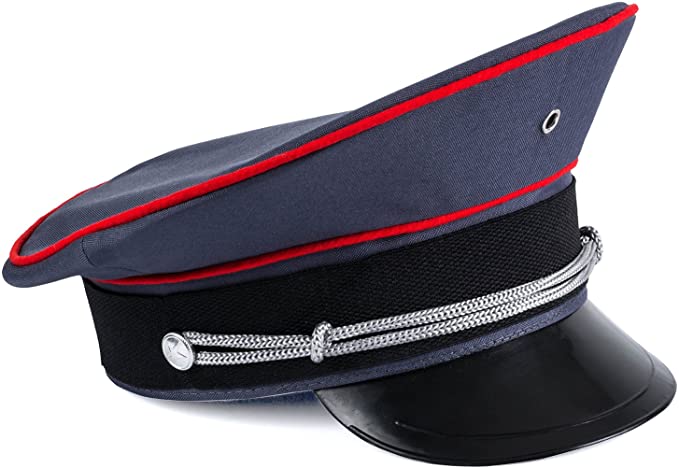
Also known as the service cap or barracks cover, the peaked cap is a popular headgear for the military. The armed forces of Australia, Canada, Denmark, Germany, Russia, the United Kingdom, and the United States all wear their own versions of this military hat.
The peaked cap has a short visor in front with a flat sloping crown. A badge usually adorns the front of the crown above the visor to show the regiment or corps that the wearer is a part of.
Pillbox Hat
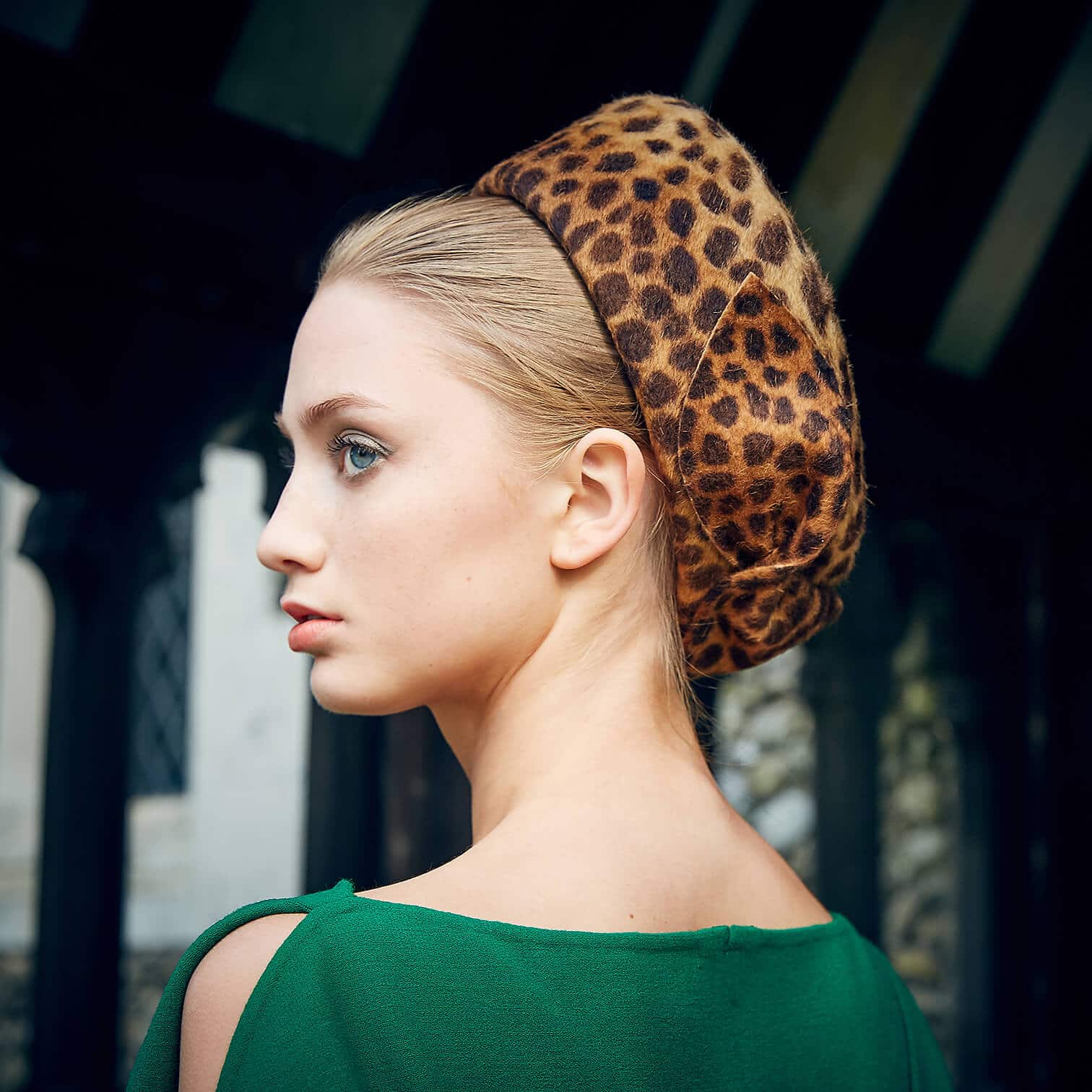
The pillbox hat is a small, brimless hat with a flat crown. In the 20th century, women often wore this type of hat. Hatmakers used wool, velvet, and fur to make pillbox hats in plain, solid colors. Sometimes, they attached veils to the pillbox hat.
Jacqueline Kennedy, the wife of President John F. Kennedy and the First Lady of the United States from 1961 to 1963, was wearing a pink Chanel suit and pillbox hat when her husband was assassinated. In fact, the Harry S. Truman Presidential Library and Museum currently display one of her signature pillbox hats.
Pith Helmet

Adapted from the Philippines’ salakot, the pith helmet is a European safari hat that is lightweight, hard, and covered in cloth. European travelers and explorers favored the pith helmet because of its protection against tropical climates in the tropics.
Sailor Hat
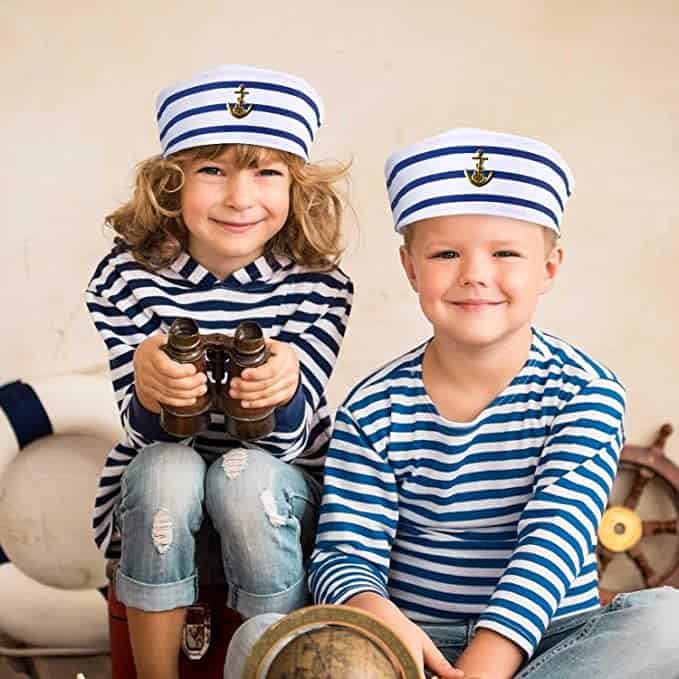
The sailor hat is a popular accessory from the 19th century. This straw hat is flat-crowned with a relatively wide brim. While it looks very similar to the boater, women’s sailor hats often have decorative ribboned bands that extend to hang off the brim.
Sombrero

Sombrero, which is the Spanish word for “hat,” is wide-brimmed with a conical crown. The brim is wide enough to cast a shadow over the wearer’s shoulders, and it also has a chin strap to ensure that the sombrero doesn’t fall off.
The sombrero’s brim is so wide because horsemen, who some believe to be cowboys, needed protection from the harsh sunny climate in Mexico.
Sun Hat
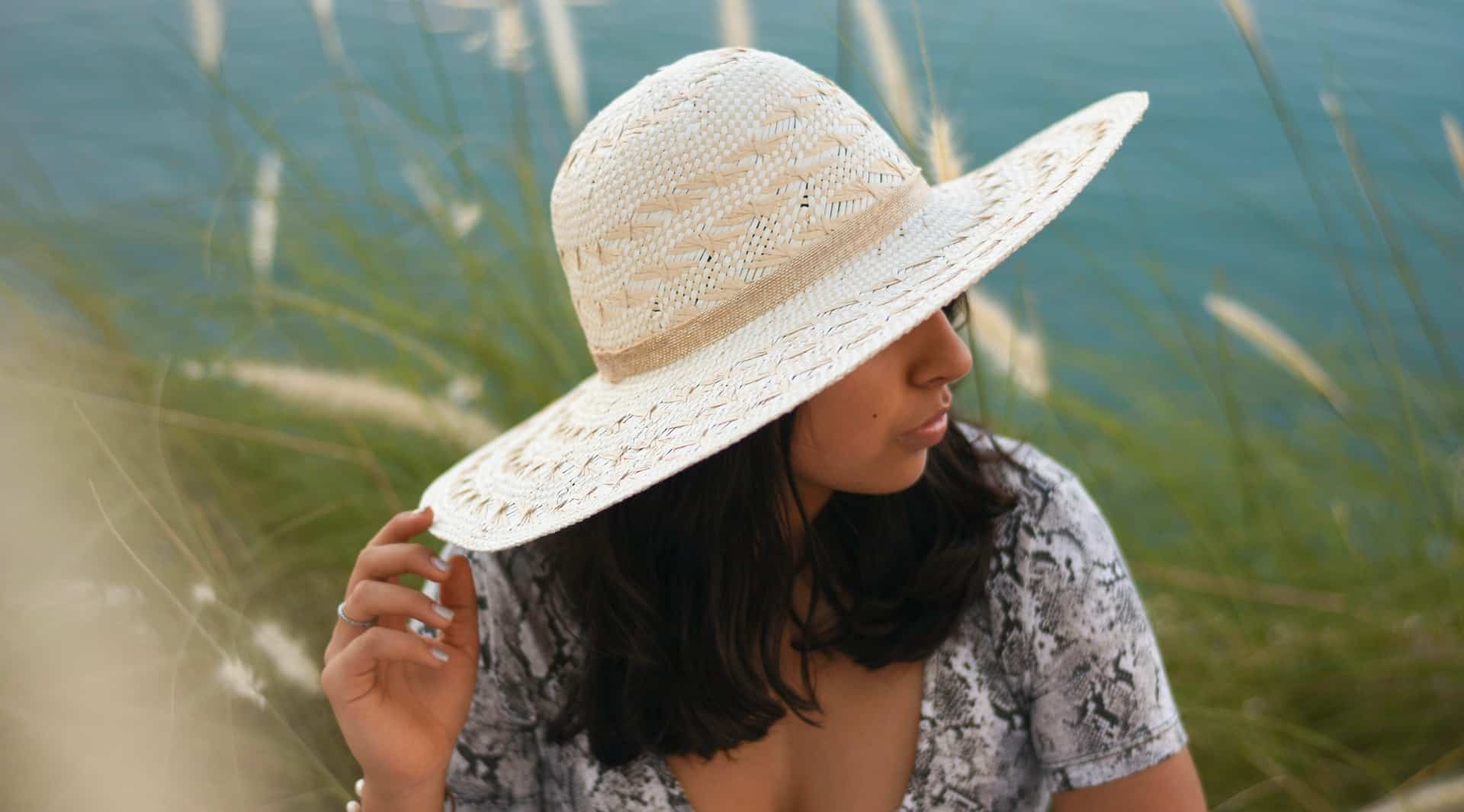
Another type of hat that shields the wearer from harsh sunny climate is the sun hat. Some also call this hat the “floppy hat” or “field hat” because of its popularity among different wearers, but it is especially a favorite for frequent beachgoers.
Hatmakers usually use straws as the primary material for the sun hat, and while sizes may vary, most have brims that measure 4 to 7 inches wide.
Top Hat
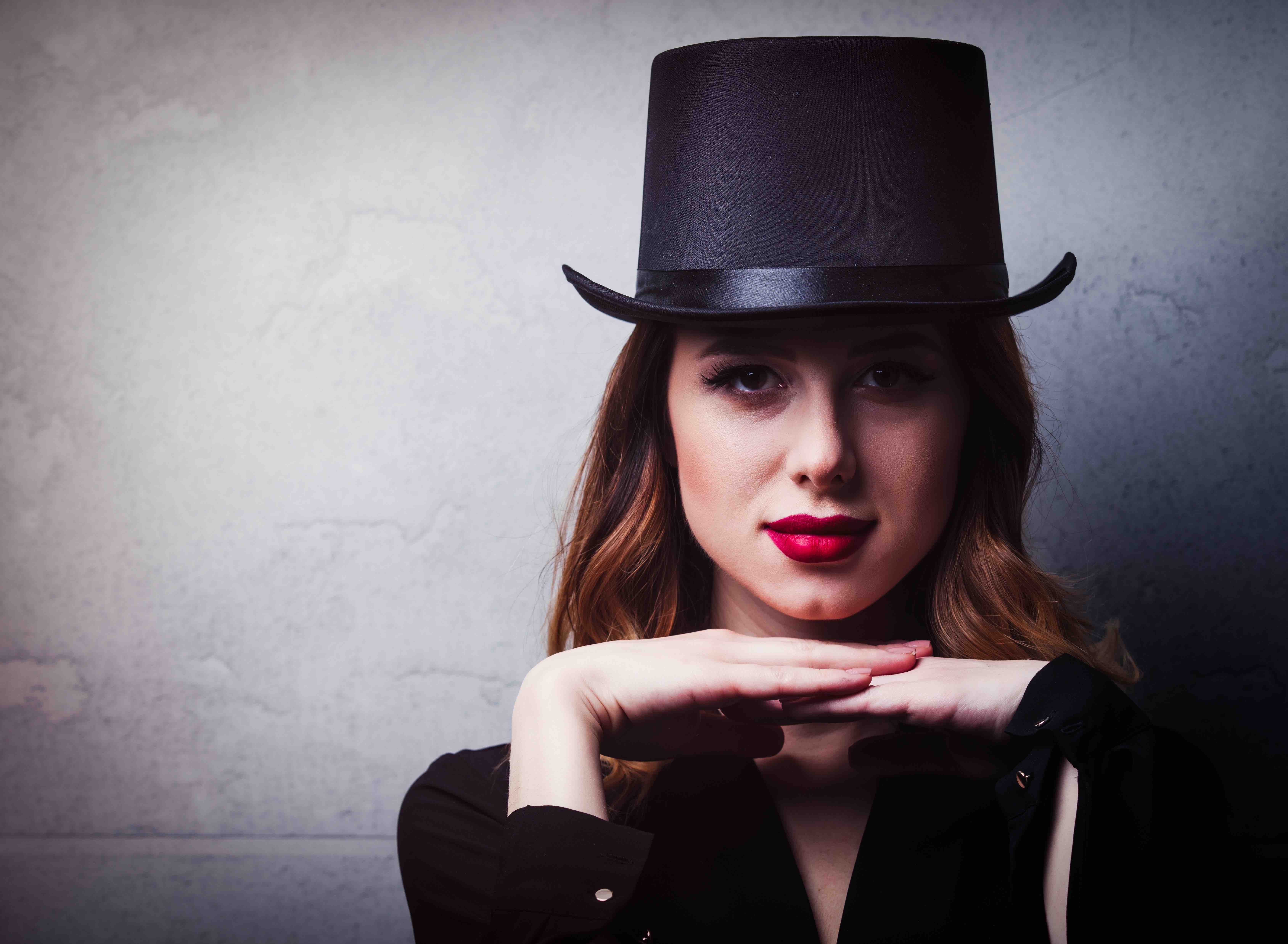
One of the most popular types of hats for men is, undeniably, the top hat. The top hat, or “high hat,” “topper,” or “magician’s hat,” was a favorite for men’s formal wear during the 18th century. The top hat has a tall, cylindrical crown with wide brims. Most hatmakers sold silk top hats, for they matched the formal occasions most men bought them for.
In pop culture, the top hat symbolizes the upper class and capitalism. Examples of this are the Monopoly Man and Disney’s Scrooge McDuck. The famous Uncle Sam also dons a red, white, and blue-striped top hat to signify American colors.
Toque

If you’ve been to a fancy restaurant, then you might have seen a chef wearing a white brimless cylindrical hat. This is the toque or “chef’s hat.” This hat is tall and pleated. Chefs wear this hat to keep their hair away from their faces. It also prevents any stray hairs from getting into the dish they are cooking.
Tuque

Not to be confused with the toque, the tuque is a knit cap popular in Canada. This woolly hat often appears in the winter to keep wearers warm. This hat tapers at the top, sometimes topped with pom-pom or loose tassels, and can either be brimless or have a folded brim.
Trilby Hat
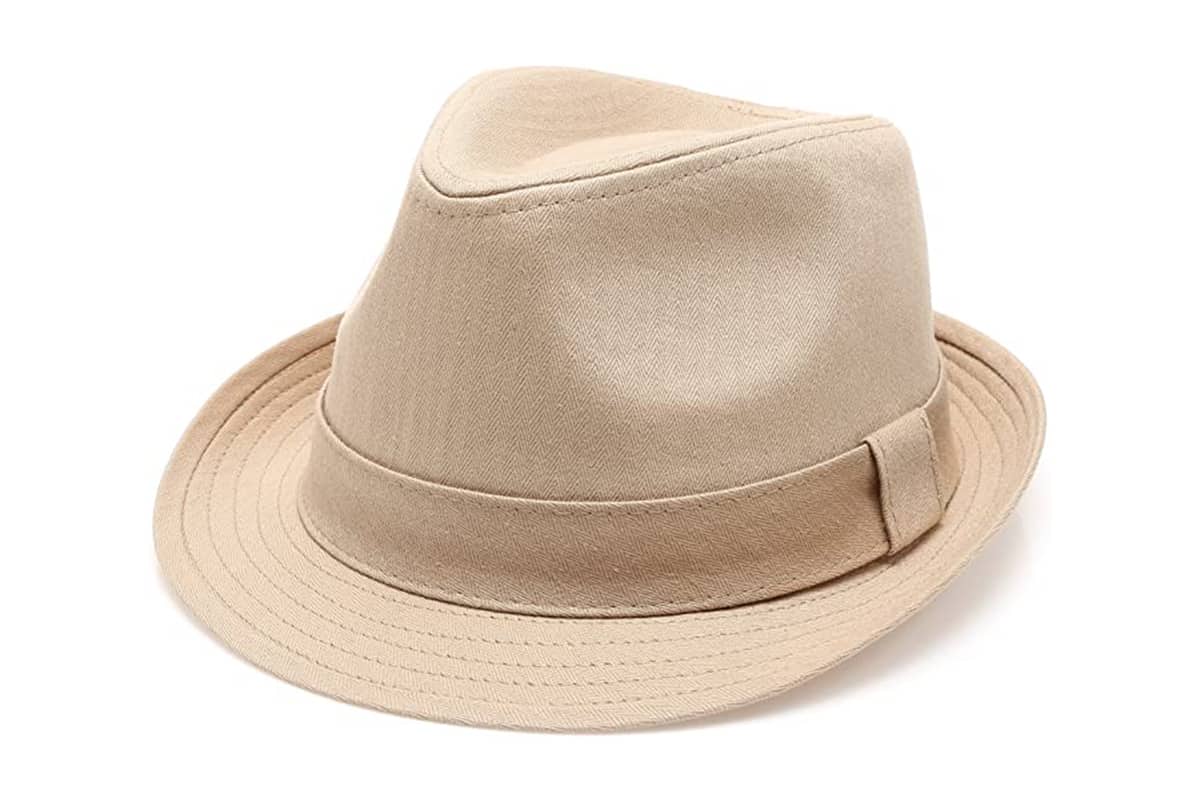
The trilby hat is a type of hat is similar to the fedora. However, the trilby has a shorter brim and a higher crown. Hatmakers often used straws to make trilbies. This fashion accessory is much more casual than a fedora, and plenty of men continue to wear this hat today.
Turban

Unlike other types of hats, the turban doesn’t have a fixed shape. To wear this, you wrap a large piece of fabric around the head as a headdress. While Western counterparts of the turban have appeared over the years, the turban originates from India, Southeast Asia, the Arabian Peninsula, the Middle East, and Africa.
The turban is also a large part of many religious practices. Some Islamic men wear turbans in order to emulate Muhammad, the prophet and founder of Islam.
Ushanka
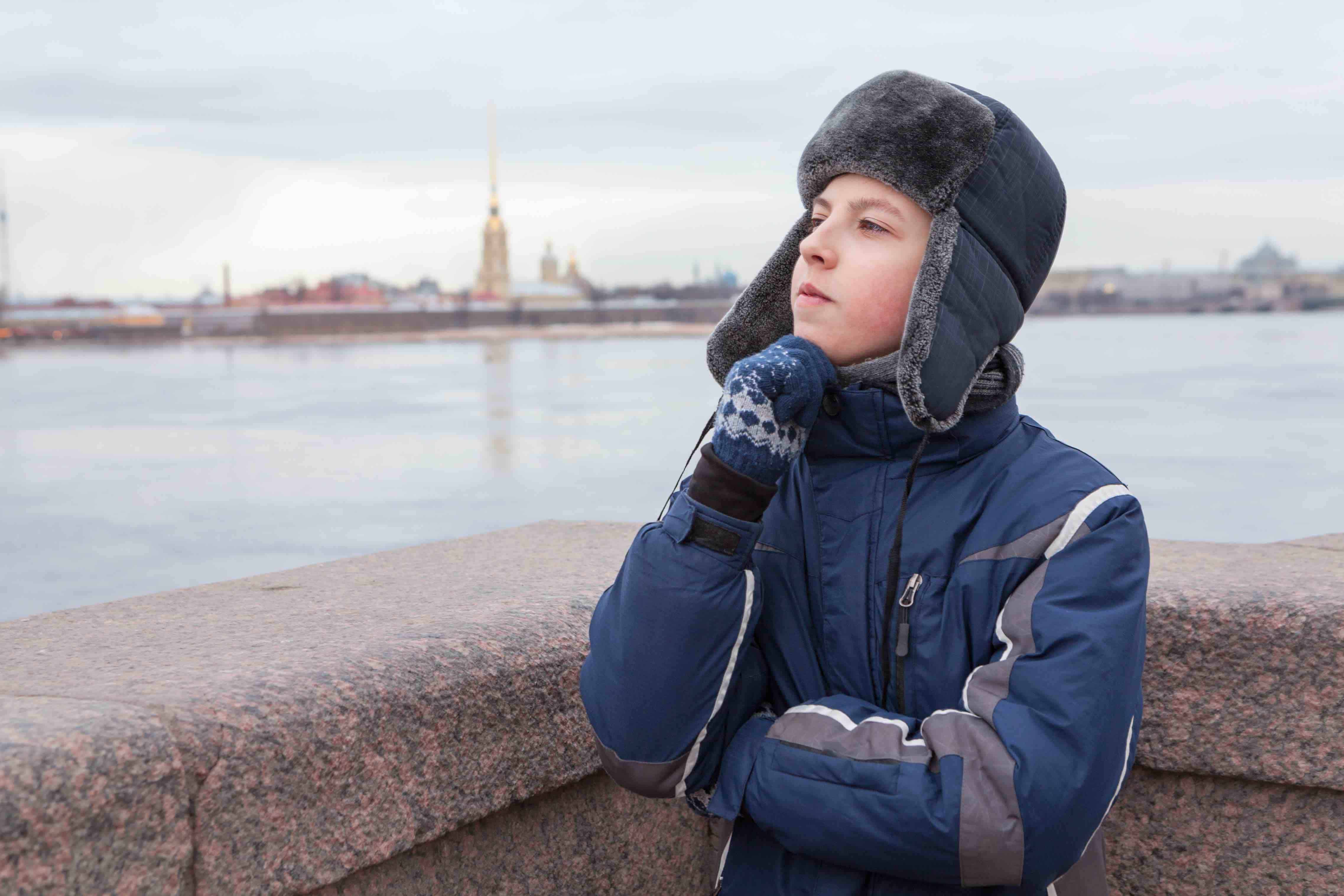
Out of the different types of hats for the winter, the ushanka is a Russian favorite. The ushanka is a hat made from fur with ear flaps you can tie to the crown or underneath your chin. Aside from Russian natives, the ushanka is popular with skiers because of its protection against the cold while skiing down a snow mountain.
Zucchetto
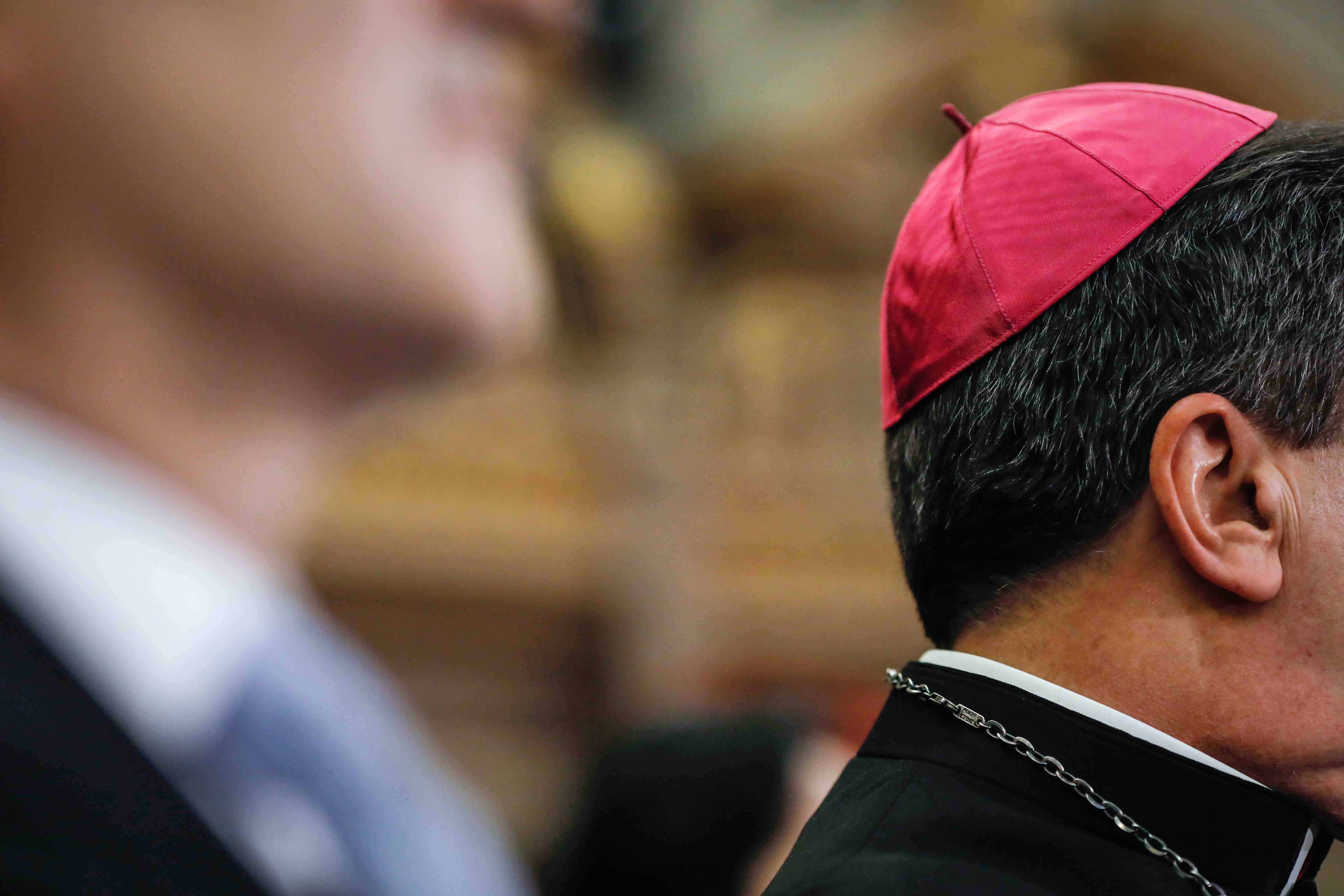
If you’ve ever wondered what to call the small cap on top of clerics’ heads, then here’s the answer: zucchetto or “small gourd” in Italian. People also call this small, brimless skullcap “pilus” or “calotte.” This hat comes in different colors, and each color represents a rank within the Roman Catholic Church.
The pope and pope emeritus’ zucchetto is white. Cardinals wear scarlet zucchettos. Archbishops, bishops, abbots, and prelates all wear amaranth, or a reddish-rose color, zucchettos. Lastly, priests and deacons wear black zucchettos.
Was this page helpful?
Our commitment to delivering trustworthy and engaging content is at the heart of what we do. Each fact on our site is contributed by real users like you, bringing a wealth of diverse insights and information. To ensure the highest standards of accuracy and reliability, our dedicated editors meticulously review each submission. This process guarantees that the facts we share are not only fascinating but also credible. Trust in our commitment to quality and authenticity as you explore and learn with us.


